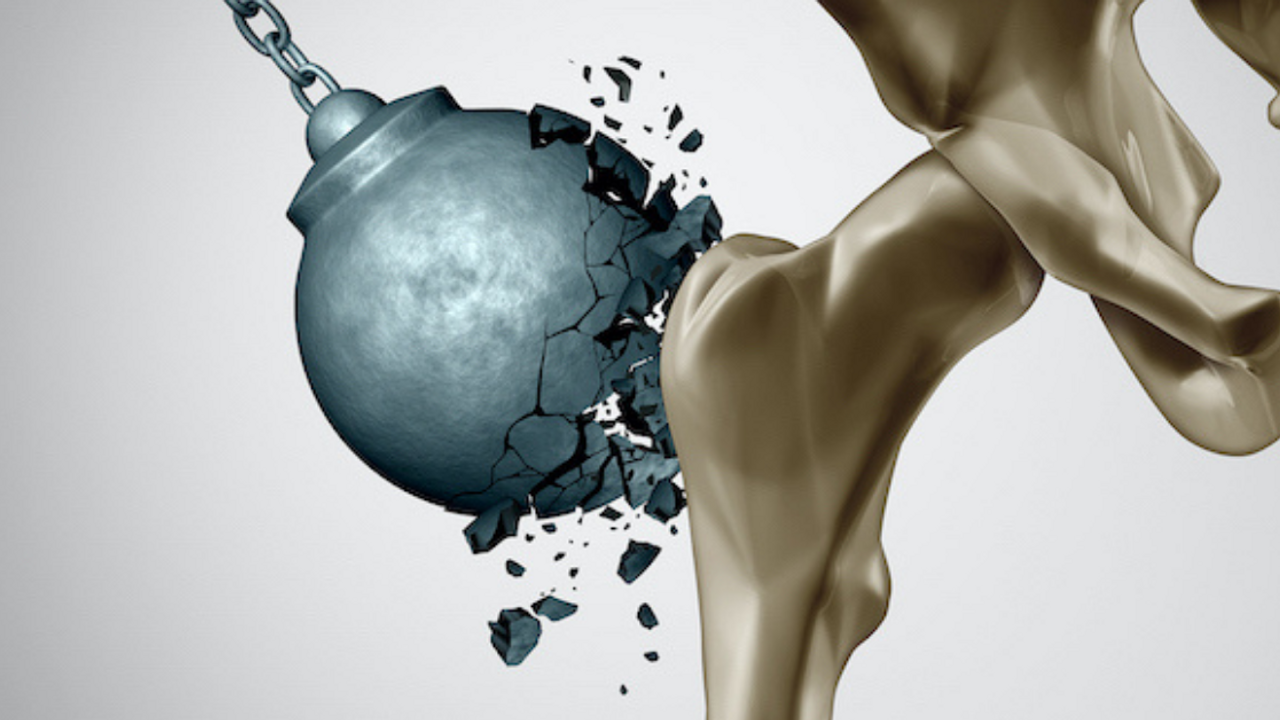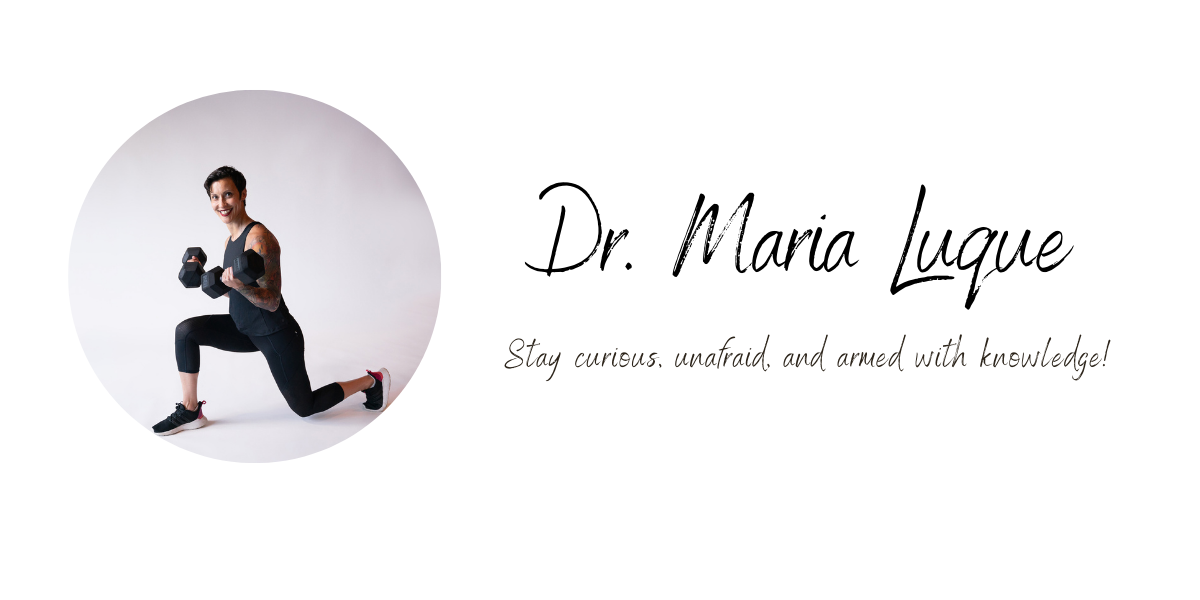Osteoporosis & Menopause
Feb 17, 2021
Basic facts for women on osteoporosis risk from the National Osteoporosis Foundation
- Of the 10 million Americans with osteoporosis, an estimated 8 million are women
- 1 in 2 women over 50 will break a bone due to osteoporosis
- Postmenopausal women have an even higher risk. They account for the most fractures
- A woman’s risk of hip fracture is equal to her combined risk of breast cancer, uterine, and ovarian cancer
These facts aren’t meant to scare you but to hopefully give you a realistic perspective on just how important prevention is. The decline in estrogen during menopause is a key factor for accelerated bone loss and increases the risk for osteoporosis in women going through this transition. According to the Study of Women’s Health Across the Nation (SWAN), “there is a rapid phase of bone loss in a 3-year period around the final menstrual period.” This period is referred to as transmenopause and starts around 1 year before the final period ends and around 2 years after. Although the knowledge of this time frame is important, it does pose one problem: no one knows when the final menstrual period will occur until after it has already passed. Similarly, many don’t know that they have osteoporosis until after a fracture, which is why osteoporosis is often considered the “silent disease.” The take-away lesson here is that it’s never too early to start including some bone-strengthening exercises into your daily routine.
Osteoporosis versus Osteopenia
The terms osteoporosis and osteopenia are often used interchangeably although they are not the same thing. Osteopenia is the precursor to osteoporosis and means that someone may have low bone mass but it is not at a level of great concern yet. Often osteopenia is mentioned as an inevitable stage before osteoporosis but that is not true. Just because someone has been diagnosed as osteopenic, it does not mean they will end up with osteoporosis. Being diagnosed with osteopenia should, however, be a wake-up call and considered a very good opportunity to include preventative measures like physical activity to prevent further bone loss. If you are a nerd like me and are interested in a more in-depth exploration of bone formation and bone loss, you can read the article I wrote for IDEA Fitness Journal called Bone health: A primer. It’s a great little read on the basics of bone health.
Prevention Strategy
Exercise has been proven to be one of the most promising and effective ways to prevent bone loss. Although all forms of physical activity are beneficial for overall health, multiple studies have shown that a combination of two types of exercise is the most effective: resistance training and high-impact activities. Both types of exercises are great for the preservation of bone mineral density (BMD) but resistance training has the additional benefit of also being highly effective for increasing muscle mass and strength, which are incredibly important for fall prevention. High-impact activities exercises such as hopping, skipping, and jumping can increase bone mineral density (BMD) as well as muscle strength and power because they exert a gravitational force on the skeleton. Fall prevention although not directly involved in BMD is important to avoid fractures. The ability to maintain an upright position just like the ability to stand quietly without falling is a crucial everyday skill that is often taken for granted but should be practiced every day. That’s why including posture and balance training is an absolute must.
Quick Tips On How To Start Your Osteoporosis-Prevention :
The best way to approach osteoporosis is to include activities that are beneficial for bone health but also for overall health. Try including the following for the most comprehensive approach:
Progressive Resistance Training
- Increase resistance as strength is improved
- Start with a bodyweight squat.
- Once you are able to complete 15 repetitions easily, add 5 lbs to it.
- Repeat this progression by adding 5 lbs every time 15 repetitions become easy.
- Aim for 10-15 repetitions of one exercise and once those get easy, add a little bit of weight. Continue doing that in an effort to progress and get stronger.
- An example would be:
- Include exercises that target the muscles of the back because they are key for posture and can assist in fall prevention
High-Impact Activities
- Skipping, hopping, jumping
- Include single-leg activities and activities that go through different planes of motion to add a balance component
- Examples: single-leg hopping or side-, front-, and back hops
Balance activities (aim for)
- 15-20 min daily
- Examples: Tai-Chi, doing daily activities (i.e.: dishes, reaching for something) with one leg up.
Aerobic Exercise (aim for)
- 150-300 min/week of moderate activity or
- 75-150 min/week of vigorous activity
- Examples: walking, running, rowing, elliptical trainer, swimming, dancing
The key to any successful exercise routine is to start slow and keep progressing but most importantly, have fun doing it! There are endless ways to include exercise into your routine. It doesn’t have to be in a gym or with exercise equipment. I try to share tips on both my Instagram and Facebook pages.
If you’re interested in learning more about how exercise can benefit you during menopause, you can download my quick guide to menopause-specific workouts here and if you’re interested in a more hands-on and personalized program, I’m incredibly excited to announce the launch of my first Mind & Body Fitness in Menopause Coaching Group, starting later this spring. Having earned my Ph.D. studying the effects of fitness training on menopausal quality of life, I know how to create workouts that work, and that’s where we’ll start. But--and this is new--this group will also be a rare combination of education, support, and motivation that goes beyond the strictly physical. With fitness as a baseline, we’ll delve into so many other ways to optimize this next stage of life! It is my hope that, together, we’ll navigate the challenges and rewards of menopause in a healthy, sustainable, and rewarding way.
In order to assure plenty of personalized attention, enrollment is limited to ten women. Join the waitlist Waitlist and be among the first ones to hear about when enrollment opens up.



